What is Plant Succession and Why is it Important in a Regenerative Operation?
Plant succession is an ecological process of change in a plant community that occurs over time in response to management.
The changes could take decades or only years, depending on many factors such as the existing plant community, climate, seed dispersal and soil type. This ecological process is important to understand because it helps guide management decisions for making improvements to the land based on a regenerative ranch’s goals.
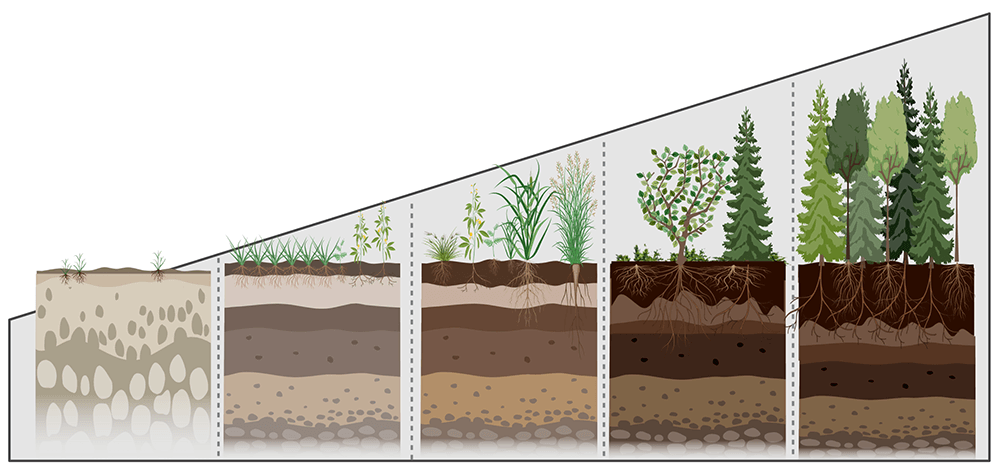
Visualizing Plant Succession and its challenges
Imagine a field that has just been tilled. There is only bare soil, and no plants present. If no management or additional disturbance is applied to the field and it is left alone to rest, annual forbs and grasses will begin to colonize the field. These plants are referred to as pioneer species. Over time, with additional rest, some perennial grasses and forbs will start to come in and become more dominant. After even more time of rest, shrubs and trees will start to colonize the area. The field may even eventually become a woodland. This stage of succession is referred to as the climax. Many places in the United States will become plant communities dominated by woody plants if given enough time and rest. Of course, not all high successional states end in a forest of trees. Successional stages are determined by soil type, climate and management (especially previous management).
Plant communities are like a book; once we understand how to read them, they tell us about themselves. We need to have an ability to identify key indicator plants on our land that tell us the successional stage of a plant community.
We can manipulate plant communities to move between successional stages with our management such as rest, fire, herbivory or mechanical disturbances. Disturbances set back the plant community to an earlier successional stage, and it takes time and rest to move the plant community forward to a higher successional stage again.
If a ranch is stuck in a low successional stage, apply the tool of rest to allow recovery, which moves the plant community forward to become more productive and resilient. Likewise, if the plant community is in too high of a successional stage with too many trees, we can use prescribed fire, herbivory or mechanical disturbance to reduce woody plants and encourage more herbaceous plants.
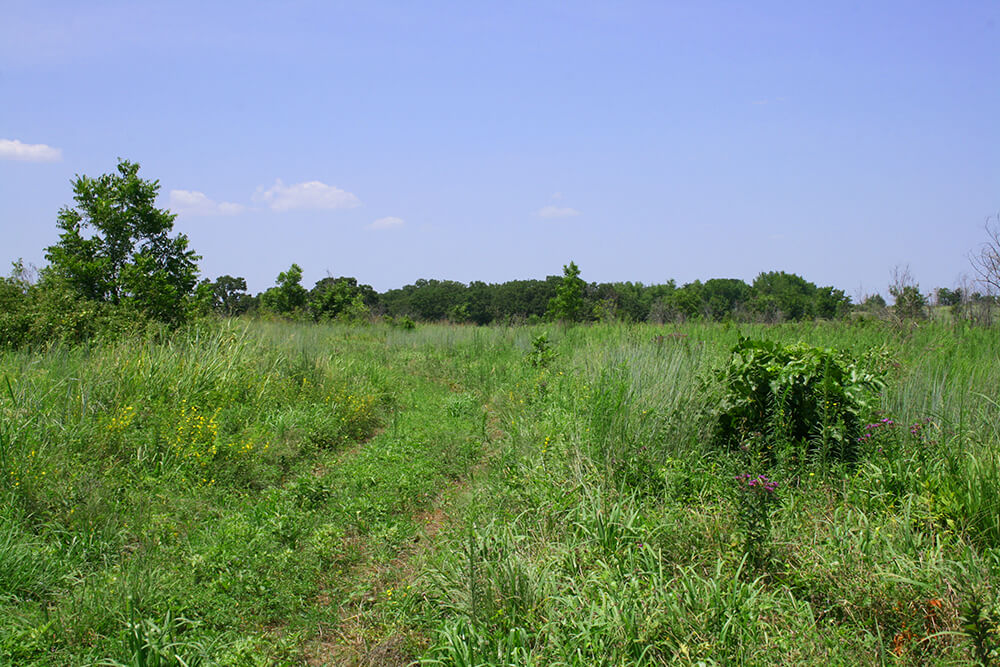
What does healthy plant succession look like?
It is common and desirable to have plant communities in differing stages of succession. Woodlands intermingled with grasslands create a patchwork of habitats and plant communities, which increases diversity. Healthy ecosystems need diversity.
When plant communities are in a healthy successional stage, plant diversity is usually high. Most people try to manage their ranches to be in a successional stage dominated by perennial grasses and forbs, with woody plants and annual grasses and forbs present but not dominating. Think of the tallgrass prairie with big bluestem, switchgrass, Indiangrass, compass plant, tick clovers, Chickasaw plum and leadplant. This is a desirable successional stage for a lot of ranchers that provides plentiful forage for livestock and habitat for many wildlife species.
With an understanding of successional stages in your area and some plant identification skills, plant communities can be manipulated with management activities to achieve desired results. Plant communities are like a book; once we understand how to read them, they tell us about themselves. We need to have an ability to identify key indicator plants on our land that tell us the successional stage of a plant community.
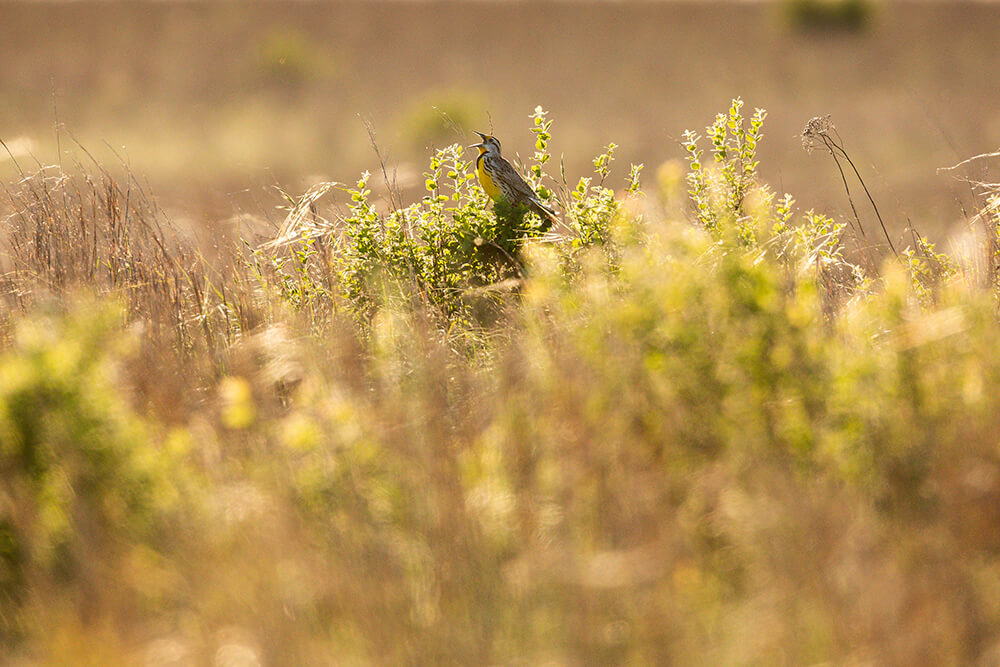
Learning Resources for Plant Succession
Some good locations to find and learn to recognize these key plants would be spots where selective grazing doesn’t occur regularly, such as old cemeteries, roadside ditches, and state or national parks. Another good resource to use is USDA’s Web Soil Survey, an interactive tool where you can learn about key plants for each successional stage in your region and ecological site. After your ranch is delineated on the map, click on the “Soil Data Explorer” tab, which will open up a new set of tabs beneath it and select “Ecological Sites.” Select “View All Ecological Sites Info” and you can scroll down to select the ecological sites on the property to learn more.
Plant succession is an ecological process that is happening every day on the landscape. The changes can be slow, and we might not recognize them. Once we understand how the process works, we can use our management to work with nature to get their desired results.
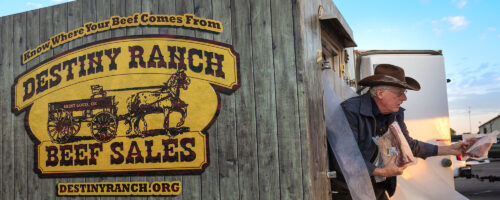
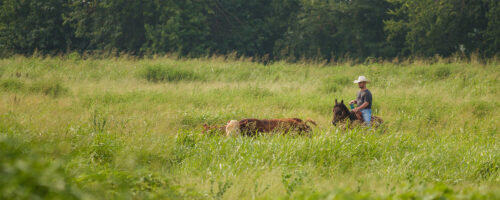
Comment
Leave a Reply
1 comment on: "What is Plant Succession and Why is it Important in a Regenerative Operation?""

Stephano Izengo
November 22, 2023Very good indeed.